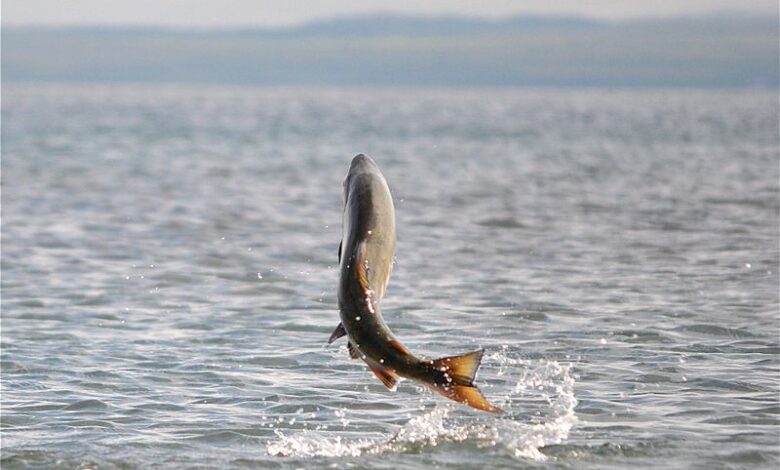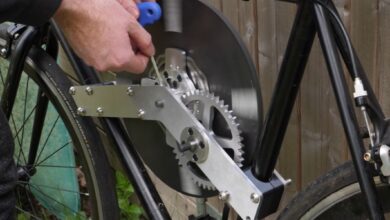Fish for a new source of Proteoglycans, an important health food ingredient

Chondroitin sulfate proteoglycans (CSPGs), commonly obtained from salmon nose cartilage, are a key ingredient in many healthy foods. As the popularity of healthy foods grows, scientists are looking for alternative sources of CSPG. Now, researchers from Japan have analyzed PG and their CS structure in the head cartilages of 10 species of edible bony fish, including sturgeon. Their findings point to several new fish species that could substitute salmon as a source of CSPG.

Aggrecan, a major component of proteoglycan (PG) with chondroitin sulfate (CS) in cartilage tissues, is becoming increasingly popular as an ingredient in healthy foods. In fact, proteoglycans from salmon nasal cartilage demonstrate biological properties such as anti-aging, inhibiting angiogenesis, and reducing inflammatory responses.
The commercially available chondroitin sulfate proteoglycan (CSPG) is prepared solely from salmon nasal cartilage. Although head cartilage is found in other edible bony fishes, little is known about the composition of core proteins and their CS structure in the head cartilage.

Image credit: US Fish and Wildlife Service headquarters, via Wikimedia Commons
Now, in a new study published in International Journal of Macromolecule Biologya team of researchers led by Associate Professor Kyohei Higashi of the University of Science Tokyo, Dr Naoshi Dohmae and Dr Takehiro Suzuki of the RIKEN Center for Sustainable Resource Science tackled this question. “We found that the PG composition and their CS structure in the skulls of Siberian sturgeon and Russian sturgeon were similar to those found in salmon nasal cartilage.” Dr. Higashi reports. The fish species for the study were provided by Mr. Atsuhi Nakamura from the Miyazaki Prefectural Fisheries Research Institute. This study was made available online and published in Volume 208 of the journal.
All tested fish contained high levels of CSPG in the head cartilage. Comprehensive analysis of CS structure in PGs derived from 10 bony fish species revealed that the structure of CS derived from Perciformes is similar to that of CS derived from terrestrial cartilaginous animals. On the other hand, the structure of CS from sturgeon skull bone is similar to that of CS from salmon nasal cartilage. In addition, they also found that aggrecan, a major CSPG in cartilage tissue, was conserved in 10 bony fish species. In fact, the aggrecan protein from the genes LOC117428125 and LOC117964296 registered in the National Center for Biotechnology Information database was found to be abundant in the skulls of sturgeon. Furthermore, the composition of PGs, collagens and other matrix proteins in the skull of sturgeon was similar to that of the nasal cartilage of salmon.
Dr Kyohei Higashi said that based on the findings of this study, “Cartilage from bony fish is an underutilized resource and is often discarded after food processing. PGs, especially from sturgeon, have a similar CS structure to salmon nose cartilage, suggesting that sturgeon has great potential as an alternative source of CSPG for health food formulations. ”
The source: Tokyo University of Science




